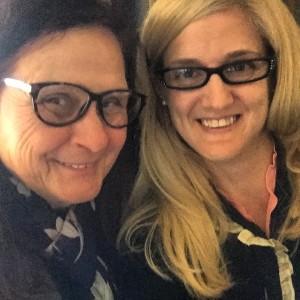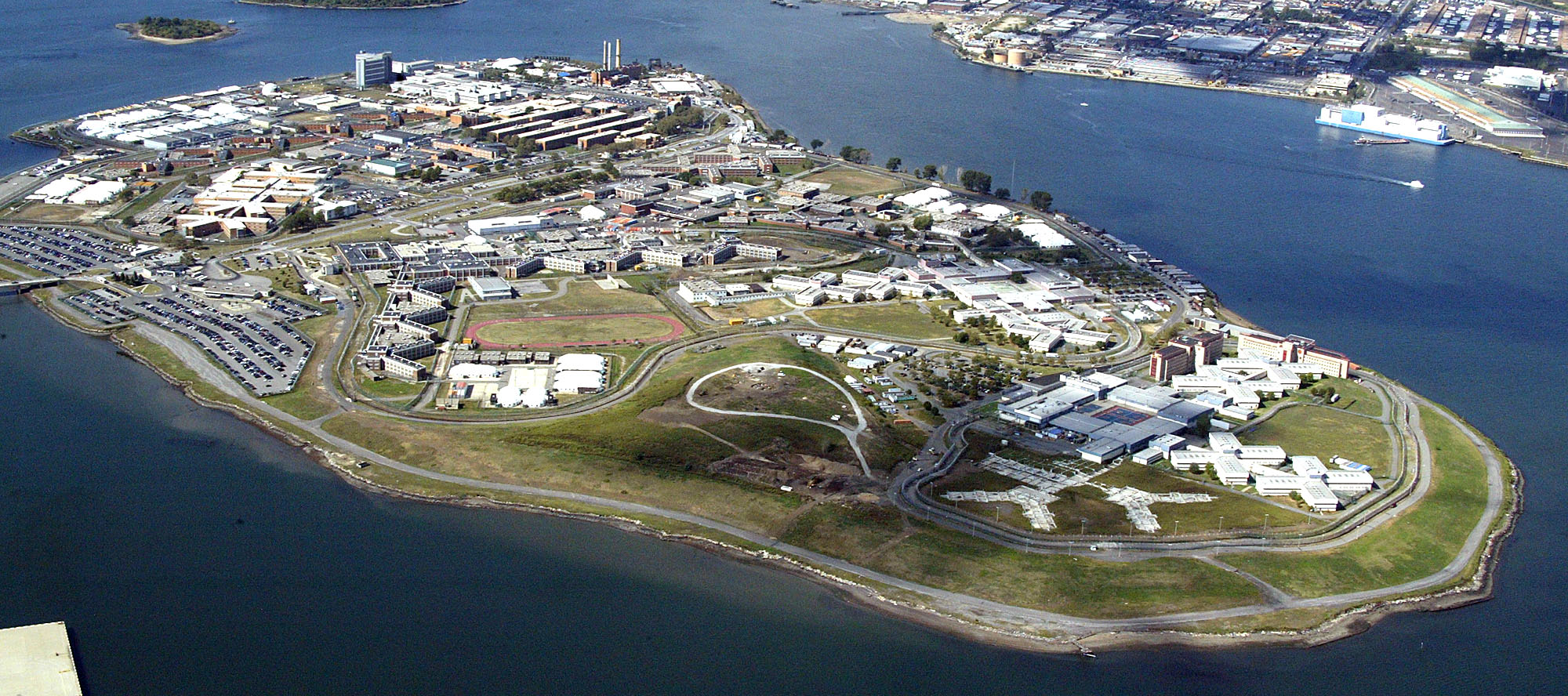More Than Just An Injury: the impact of inflammation on the body
Pain, redness, and swelling typically encompass the expected after-effect from an accidental injury. Might inflammation represent a grander health concern than just a local injury response?
A delve into the Merriam-Webster dictionary describes the process of inflammation as “a local response to cellular injury that is marked by capillary dilatation, leukocytic infiltration, redness, heat, and pain and that serves as a mechanism initiating the elimination of noxious agents and of damaged tissue.”
This complicated definition seems distant from the daily human experience, and prompted further investigation by Senior Fellow, Pediatric Nurse Practitioner, Kristi Westphaln. Ms. Westphaln continues her adventures at the 49th annual Western Institute of Nursing Conference as she interviews inflammation expert from the University of Arizona College of Nursing, Dr. Carrie Merkle. With a unique combination of undergraduate/graduate education in nursing and a PhD in Zoology, Dr. Merkle is gifted both in her research repertoire as well as in her ability to make the processes within advanced cell biology palatable and pertinent.
During her delivery of the esteemed Distinguished Researcher Lecture at WIN, Dr. Merkle explained how the complex mechanism of inflammation is so much more than a bump or bruise, and that it holds serious implications for many chronic health conditions.
Tune into HealthCetera Radio live on April 14, 2016 at 99.5FM or streamed at WBAI.org
or listen via free podcast on iTunes
to learn from an inflammation expert about how inflammation is linked to wound healing, heart health, cancer, diabetes, endometriosis, depression, and cognitive decline. Inflammation impacts our health, and the swell work of Dr. Carrie Merkle helps explain why.
Pain, redness, and swelling typically encompass the





